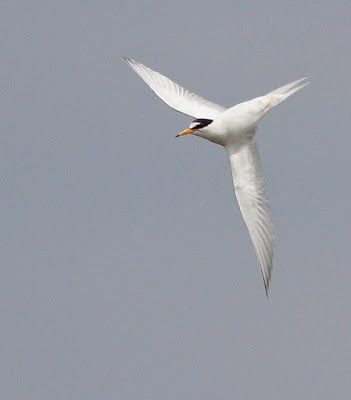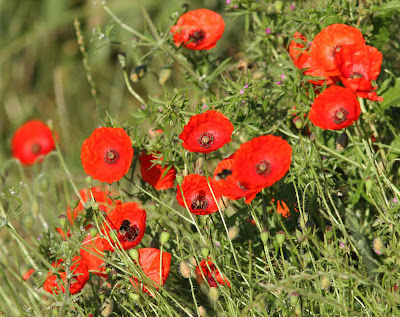Hello
Visits to the usual local sites today failed to turn up anything new. It was good to see plenty of common butterflies trying to exploit the broken but strong sunshine today, with new hatches of Ringlet, Meadow Brown, Common Blue and Large Skipper on the wing.
Up to six Ravens were at Staverton today, a Grasshopper Warbler was singing weakly at Blueberry Farm, Jacob Spinks recorded two Crossbills at Fineshade Wood and Eric Graham located two Yellow-legged Gulls a female Red-crested Pochard and a Cuckoo on the Titchmarsh Reserve at Thrapston (Aldwincle Pit)...
Regards
Neil M.
Visits to the usual local sites today failed to turn up anything new. It was good to see plenty of common butterflies trying to exploit the broken but strong sunshine today, with new hatches of Ringlet, Meadow Brown, Common Blue and Large Skipper on the wing.
Up to six Ravens were at Staverton today, a Grasshopper Warbler was singing weakly at Blueberry Farm, Jacob Spinks recorded two Crossbills at Fineshade Wood and Eric Graham located two Yellow-legged Gulls a female Red-crested Pochard and a Cuckoo on the Titchmarsh Reserve at Thrapston (Aldwincle Pit)...
Regards
Neil M.
 |
| Adult Raven. |















































